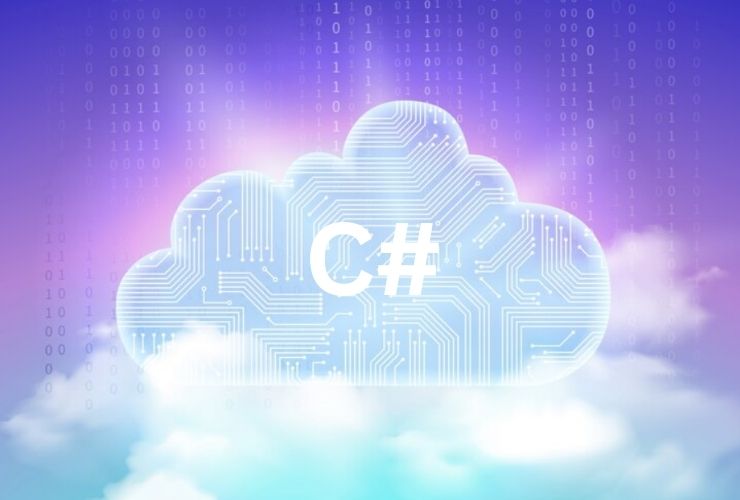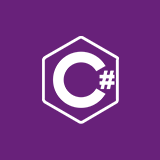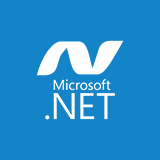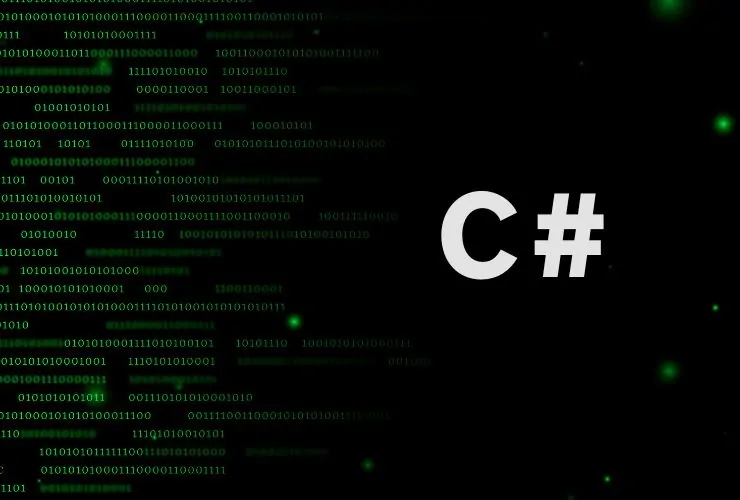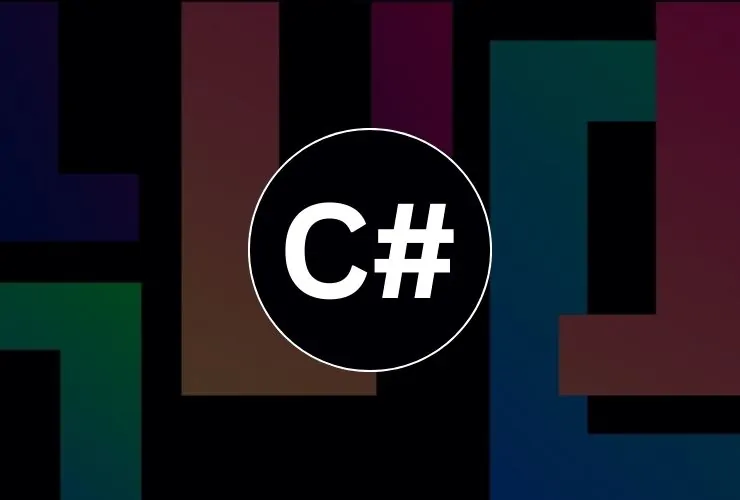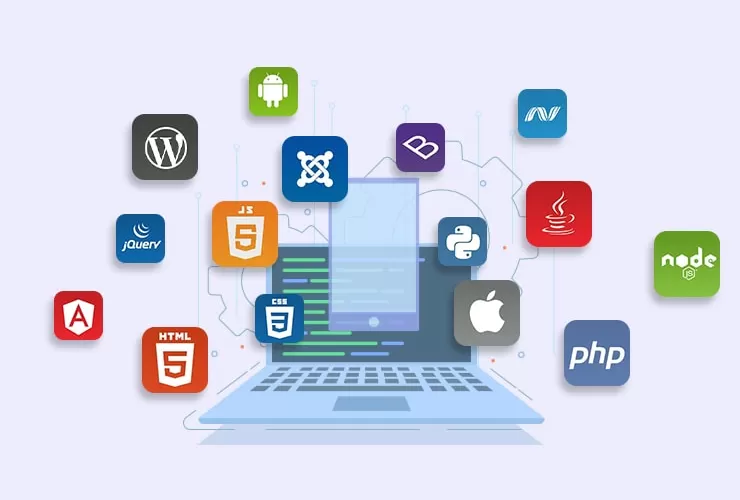With many companies moving their applications to the cloud, cloud-native development has quickly become crucial for scalability, reliability, and faster time to market. Of the many languages and frameworks employed in cloud-native development, C# is still a solid choice, particularly when used in conjunction with Microsoft Azure, one of the top cloud platforms available.
Because of C#’s tight integration with the .NET ecosystem and Azure’s excellent cloud services, developers can create secure, scalable, and high performance applications that are capable of adapting to future demands. In this blog, we’ll outline the best practices for developing cloud-native applications with C# and Azure, and the merits of C# as the right approach for modern enterprises.
1. Mobile first approach
Cloud native applications insist on modular and scalable applications. C# developers can use ASP.NET Core to create microservices, which are small, independent services that can be developed, deployed, and scaled singly.
Best Practices:
- Design the services using the bounded context, capabilities focus.
- Design the microservices to be stateless to scale more quickly.
- Consider API Gateways to handle communication and security to and from the microservice.
Microservices allow businesses to quickly respond to changing requiremens and to deploy upgrades and changes to the application without upgrading the entire application.
2. Utilize Azure Cloud Services
- Azure provides a number of services to build cloud-native C# applications.
- Azure App Services for hosting web apps and APIs
- Azure Functions for serverless workloads
- Azure Kubernetes Services (AKS) for containers and microservices
- Azure SQL Database or Cosmos DB for data persistence
By utilizing Azure’s services, developers can cut operational overhead, optimize scalability, and ensure high availability.
3. Containerization and orchestration
Most modern cloud native applications use Docker for containerization. A Docker container packages an application with all of its dependencies, allowing the application to run seamlessly in multiple environments.
Best Practices:
- Build a lightweight C# Docker image for every service.
- Use Kubernetes (AKS) to orchestrate deployment and scaling of your containers.
- Implement Continuous Integration and Continuous Deployment (CI/CD) pipelines for automated testing and deployment of your application.
This approach also allows you to standardize application performance and minimize management for complex applications.
4. Security
Security is always part of cloud-native development. Fortunately, C# and Azure support various facets to secure your application(s) and data:
- Use Azure Active Directory (AAD) for authentication and role-based access control (RBAC).
- Protect data at rest and in motion, leveraging Azure Key Vault.
- Secure identity and access management for your APIs and microservices.
If you follow security best practices when developed your application, you reduce the chance of your application’s data being compromised, and you are more likely to comply with regulations like; FISMA, PCI, GDPR, HIPAA, etc.
5. Responsibilities for performance and scalability
As a C# developer, you should be focused on asynchronous programming, caching strategies, and building scalable architecture.
Best Practices:
- Utilize async/await patterns in your ASP.NET Core application to handle a large number of concurrent requests.
- Add caching with Redis, or Azure Cache for Redis, for data you fetch frequently.
- Scale using Azure App Services / AKS, based upon the load.
- You want cloud-native applications so that your application is responsive even with increasing incoming traffic.
6. Monitoring, Logging, and Analytics
Cloud-native applications require continuous monitoring to sustain reliability. Microsoft Azure has Application Insights, Azure Monitor, and Log Analytics.
Best Practices:
- Turn on real-time performance-monitoring for all services so you can see it all right away.
- Monitor the application’s errors and exceptions to see if anything goes wrong.
- Use analytics to improve user experiences, and optimize the application’s efficiency.
7. Continuous Integration and Continuous Deployment (CI/CD)
An important part of development for the cloud is implementing CI/CD pipelines. Tools like Azure DevOps allow you to automate build, test, and deployment—so your entire application can be put through the CI/CD pipeline.
Best Practices:
- Automate your testing so you learn about bugs as early as possible.
- Use feature flags to deploy updates in production without downtime.
- Implement a rollback mechanism in case your deployment fails.
- CI/CD pipelines allow you to run faster, with better productivity and even decrease manual error errors.
Conclusion
The robust and scalable nature of C#, combined with Azure’s flexibility, offers a strong platform for organizations looking to build cloud-native applications to meet the growing demand for service-based, digital-first goods and services. Utilizing best practices along the way (including, but not limited to, microservices architecture, CI/CD, etc.) enables organizations to create scalable, secure, and high-performance applications with lower maintenance and quicker response to digital demands.
At Empirical Edge, we can support your end-to-end C# cloud-native development needs. Whether you are building cloud applications from scratch, modernizing legacy systems to cloud-native, or building microservices on Azure, our team can provide services that align with your specific business objectives.
Let us help you leverage C# and Azure to achieve robust, scalable, and cloud applications ready for today and the future.

